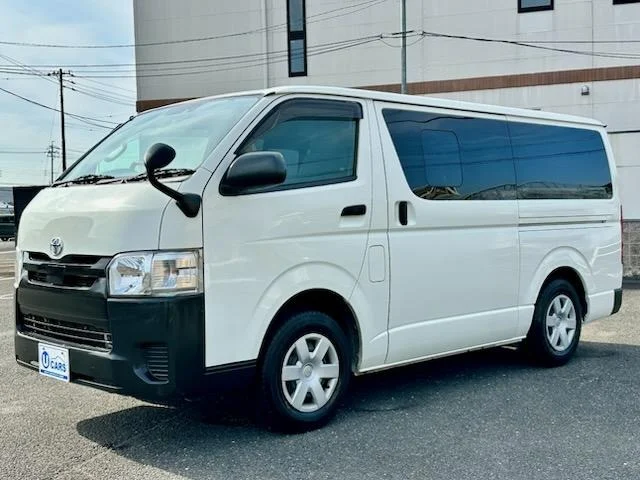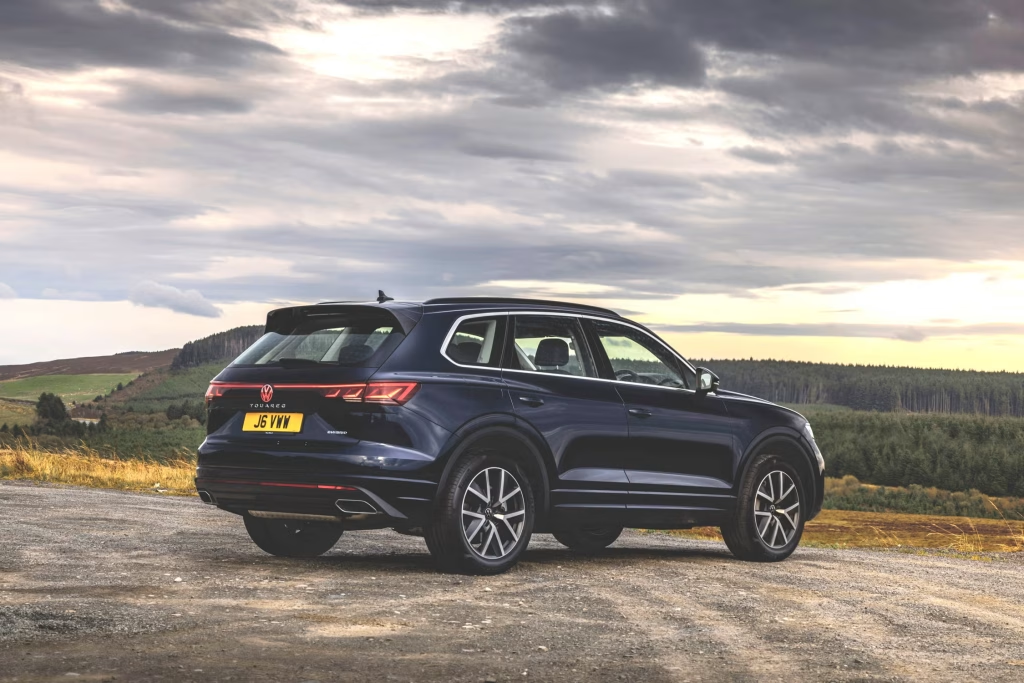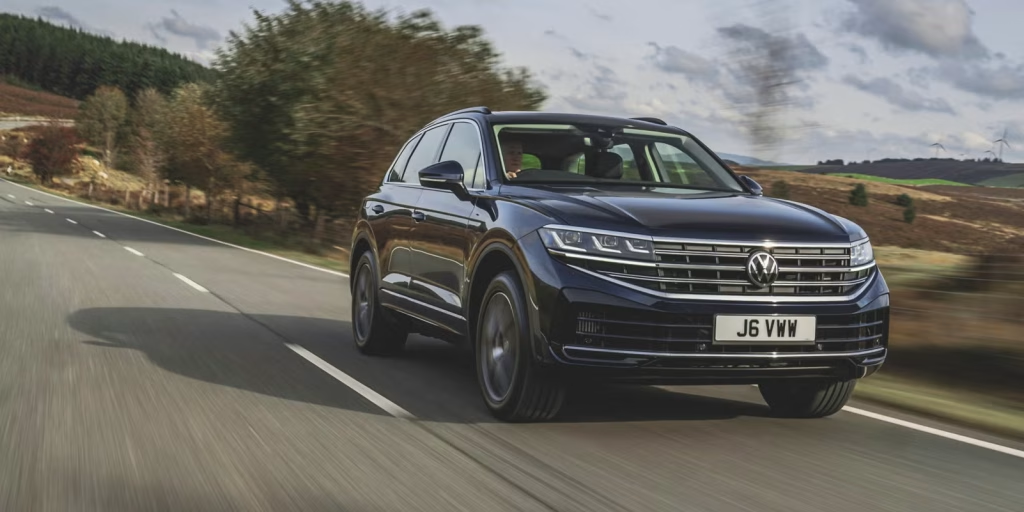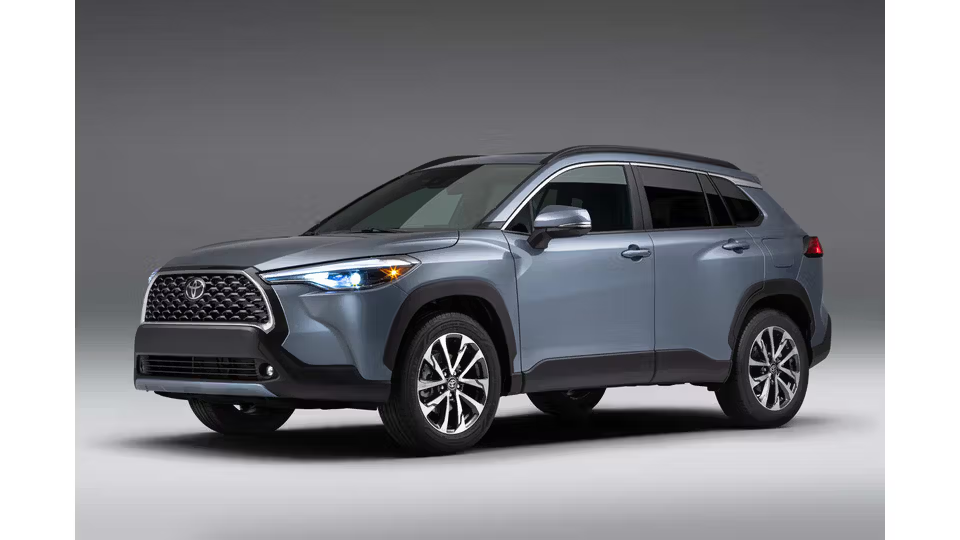As Kenya embraces more sustainable practices, hybrid vehicles are becoming an increasingly popular option for drivers seeking fuel efficiency and lower emissions. Combining traditional internal combustion engines (ICE) with electric motors, hybrids are changing how Kenyans think about driving, fuel savings, and environmental impact. This guide dives into how hybrid vehicles work, their advantages, popular models available in Kenya, and the future of hybrid technology. Additionally, Cars Kenya provides access to select hybrid models with enhanced warranty and after-sales service options, ensuring a reliable ownership experience for our clients.
What Are Hybrid Vehicles?
Hybrid vehicles combine two power sources: a conventional internal combustion engine and an electric motor powered by a battery. This setup allows the vehicle to alternate between power sources depending on driving conditions. The result is improved fuel efficiency, reduced carbon emissions, and a more sustainable driving experience.
For example, the Toyota Prius, a pioneer in hybrid technology, uses its electric motor at low speeds and switches to the gasoline engine at higher speeds or when additional power is needed. This combination results in significant fuel savings, particularly in city driving, which is ideal for Nairobi’s stop-and-go traffic.
Types of Hybrid Vehicles Available in Kenya
There are several types of hybrid vehicles that Kenyan drivers can choose from, depending on their driving needs and preferences. Let’s explore the three main types of hybrids.
- Full Hybrid
A full hybrid can run on the electric motor alone, the internal combustion engine, or a combination of both. This flexibility makes full hybrids particularly fuel-efficient and suitable for both city and highway driving.Example: The Toyota Vezel Hybrid, widely available in Kenya, is a full hybrid that can drive on electric power alone at low speeds, perfect for navigating through traffic in Nairobi. When more power is needed, the engine and motor work together, enhancing both performance and efficiency.
- Mild Hybrid
A mild hybrid assists the internal combustion engine with a small electric motor, but the motor cannot drive the vehicle on its own. The electric motor boosts the engine’s efficiency, especially during acceleration and start-stop driving.Example: The Suzuki Swift Hybrid is a mild hybrid popular in Kenya. Its small electric motor helps reduce fuel consumption in urban traffic, which is ideal for short trips around town.
- Plug-In Hybrid (PHEV)
Plug-in hybrids come with larger batteries that can be charged from an external power source, such as a home outlet or public charging stations. PHEVs provide a longer electric-only range compared to full hybrids, which is particularly useful for short trips around cities like Nairobi and Mombasa.Example: The Mitsubishi Outlander PHEV, available for import in Kenya, offers up to 40 kilometers of electric-only driving, making it an excellent choice for those who want to reduce fuel consumption during daily commutes.
Note: Cars Kenya has an exclusive offer for our clients; qualifying hybrid models imported through us come with ONE YEAR warranty for hybrid battery, providing peace of mind and a seamless ownership experience.
How Hybrid Vehicles Work: Simplified for Kenyan Drivers
The key to hybrid vehicles lies in how their components interact. Here’s a breakdown of the major components of a hybrid car:
- Internal Combustion Engine (ICE): The gasoline or diesel engine provides power for high-speed driving or when the battery is low.
- Electric Motor: The motor drives the vehicle during low speeds or assists the engine during acceleration, reducing fuel consumption.
- Battery Pack: Stores electricity to power the electric motor. In non-plug-in hybrids, the battery recharges during regenerative braking or by the engine.
- Power Control Unit (PCU): Manages the flow of electricity between the battery, motor, and engine, optimizing the vehicle’s performance.
For example, the Subaru Forester e-Boxer Hybrid, a popular import in Kenya, uses regenerative braking to capture energy and recharge the battery. This allows the electric motor to assist the engine during acceleration, significantly improving fuel efficiency, especially in urban environments.





